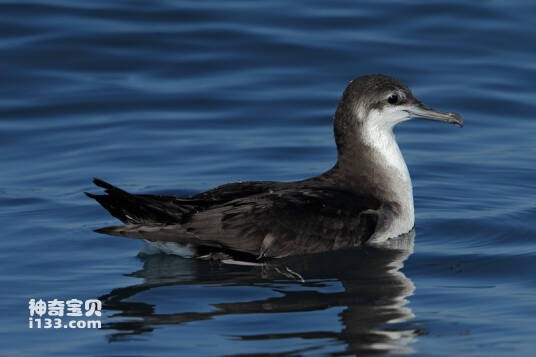
Puffinus persicus
Puffinus persicus,Persian Shearwater
Puffinus persicus and Persian Shearwater are unknown.Protect wild animals an···
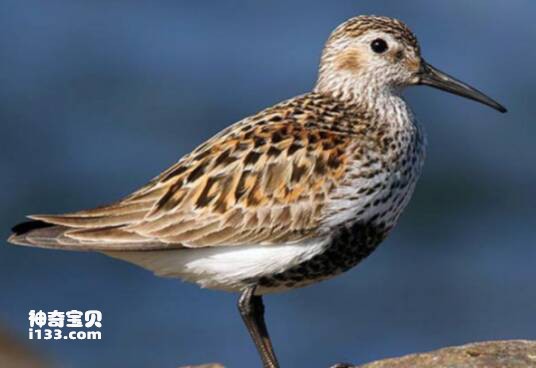
Puffinus opishomelas
Puffinus opishomelas,Black-vented Shearwater
Puffinus opishomelas, also known as Black-vented Shearwater, is unknown.Prot···
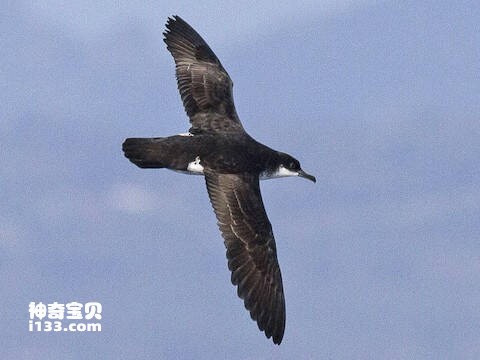
Puffinus newelli
Puffinus newelli,Newell's Shearwater
Hawaiian Shearwater (Newell' s Shearwater (Puffinus newelli) is a bird o···
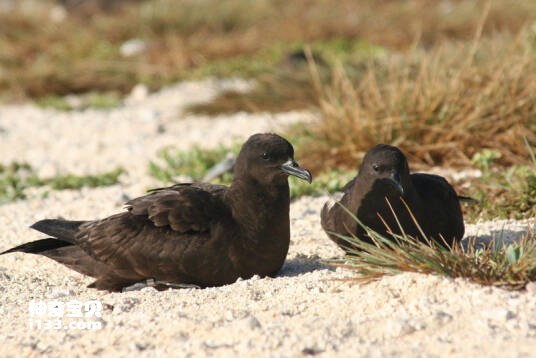
Puffinus nativitatis
Puffinus nativitatis,Black Shearwater
Puffinus nativitatis, also known as Black Shearwater, is unknown.Protect wil···
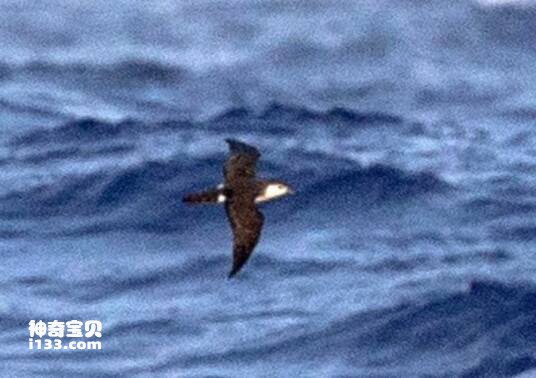
Puffinus myrtae
Puffinus myrtae,Rapa Shearwater
Rapa Shearwater (Puffinus myrtae) is a bird of the genus Puffinus in the ord···
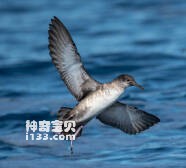
Puffinus mauretanicus
Puffinus mauretanicus,Balearic Shearwater ,Pardela balear
The Balliari Shearwater (Puffinus mauretanicus) is known as Balearic Shearwa···
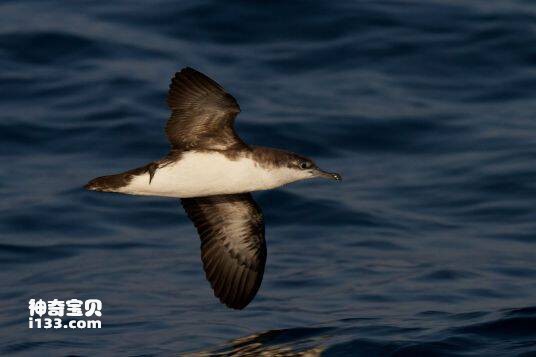
Puffinus lherminieri
Puffinus lherminieri,Audubon's Shearwater
Its scientific name is Puffinus lherminieri, its foreign name is Audubon'···
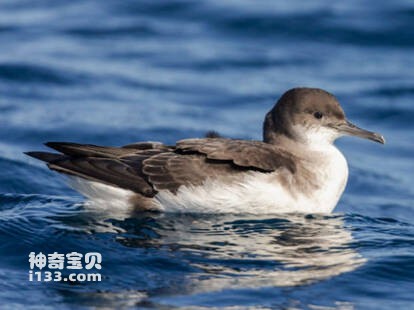
Puffinus huttoni
Puffinus huttoni,Hutton's Shearwater,Pardela de Hutton
Australian Shearwater (scientific name: Puffinus huttoni) foreign name Hutto···
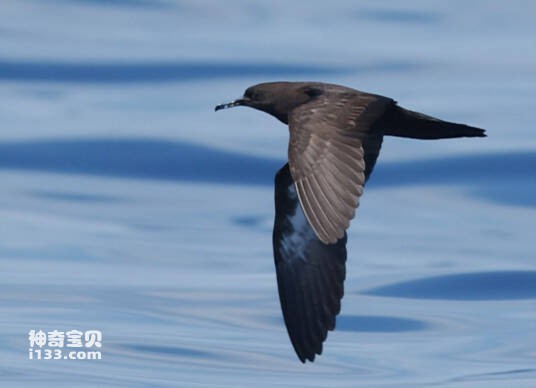
Puffinus heinrothi
Puffinus heinrothi,Heinroth's Shearwater
Solomon's Puffinus heinrothi, foreign name Heinroth' s Shearwater, u···
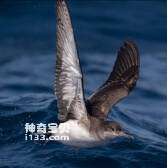
Puffinus gavia
Puffinus gavia,Fluttering Shearwater
Puffinus gavia has no subspecies: Fluttering Shearwater.Brown-billed shearwa···
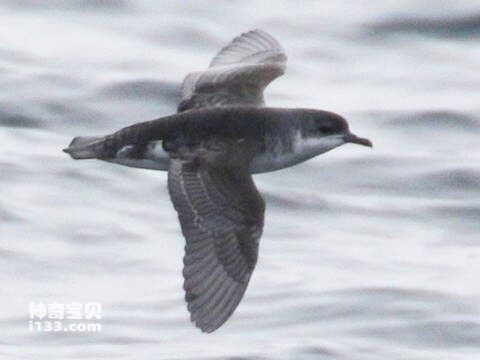
Puffinus elegans
Puffinus elegans,Subantarctic Shearwater
The Subantarctic Shearwater (Puffinus elegans) is a bird of the genus Puffin···
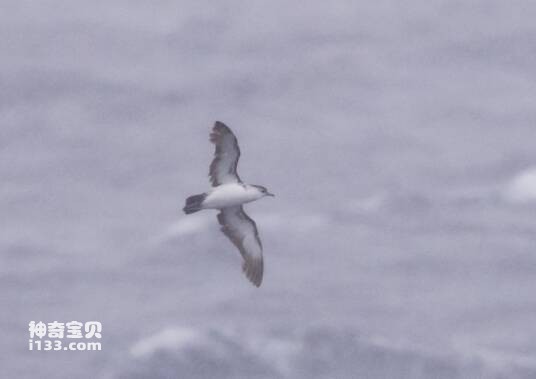
Bryan's Shearwater
Bryan's Shearwater,Puffinus bryani
Bryan's shearwater (English name: Bryan' s Shearwater (Puffinus brya···
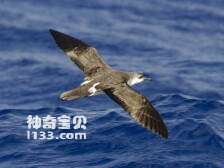
Puffinus bannermani
Puffinus bannermani
Bannerman (Puffinus bannermani); S. Shearwater, which was classified as P. l···
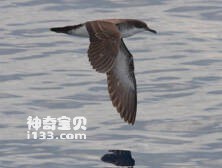
Puffinus bailloni
Puffinus bailloni,Tropical Shearwater
Tropical Shearwater (Puffinus bailloni) has five subspecies.Tropical shearwa···
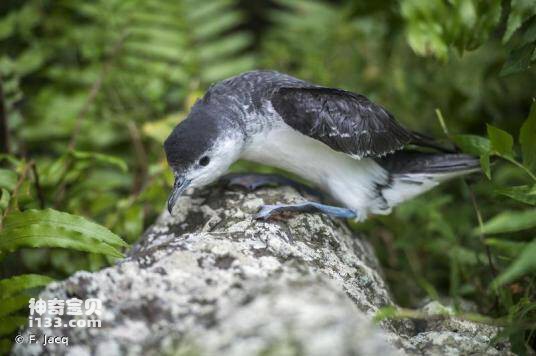
Puffinus auricularis
Puffinus auricularis,Townsend's Shearwater
Its scientific name is Puffinus auricularis, and its foreign name is Townsen···
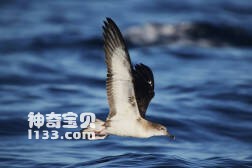
Calonectris edwardsii
Calonectris edwardsii,Cape Verde Shearwater
Cape Verde Shearwater (Calonectris edwardsii) : Cape Verde Shearwater, no su···
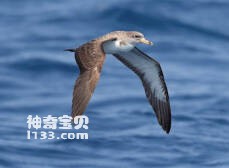
Calonectris borealis
Calonectris borealis,Cory's Shearwater
Calonectris borealis (Cory'); s Shearwater, no subspecies.Cori shearw···

Puffinus atrodorsalis
Puffinus atrodorsalis,Mascarene Shearwater
Puffinus atrodorsalis and Mascarene Shearwater are unknown.Protect wild anim···
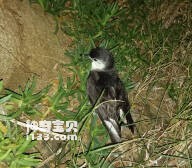
Puffinus assimilis
Puffinus assimilis,Little Shearwater,水薙鸟
assimilis Puffinus assimilis, also known as Little Shearwater, is a bird of ···
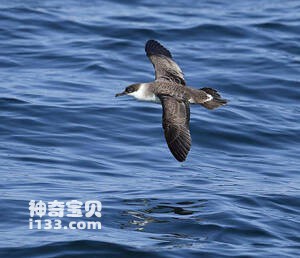
Pterodroma rostrata
Pterodroma rostrata,Tahiti Petrel
Tahiti Petrel (Pterodroma rostrata) is a medium-sized seabird of the Petreid···
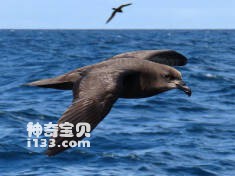
Pterodroma gouldi
Pterodroma gouldi,Grey-faced Petrel
The Grey-faced Petrel (Pterodroma gouldi) has no subspecies. Petrel del Hoyo···
